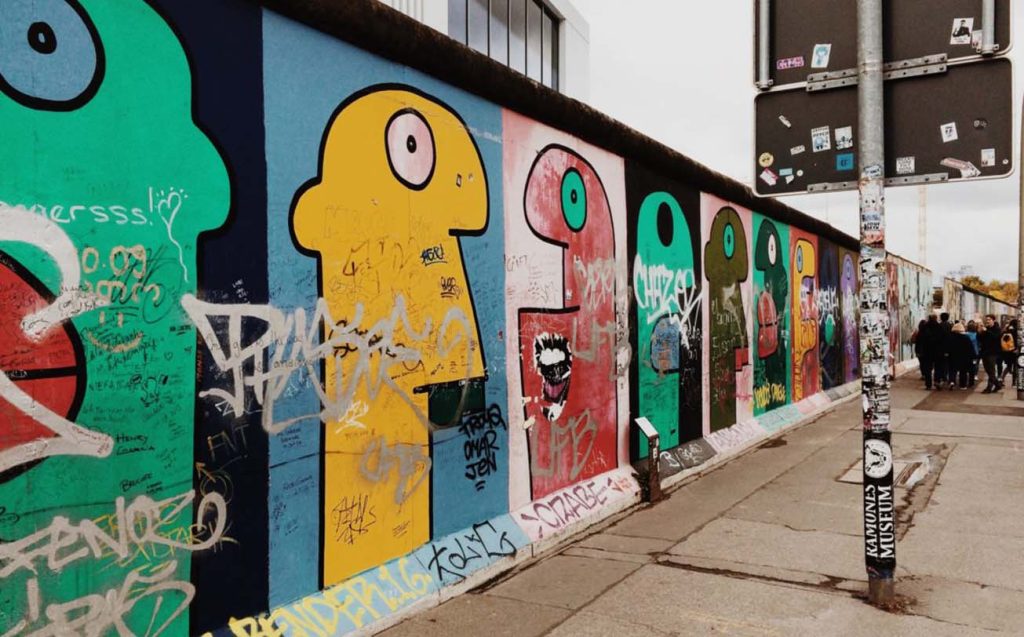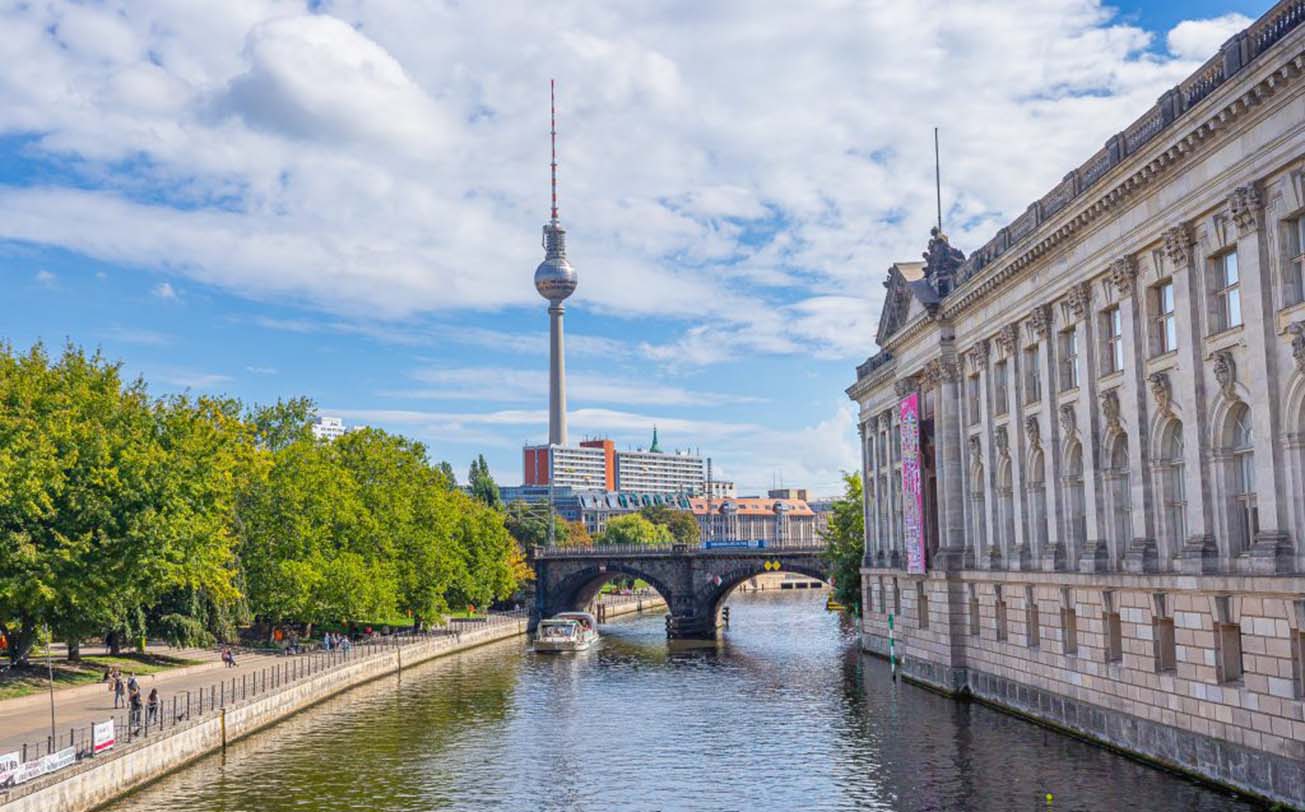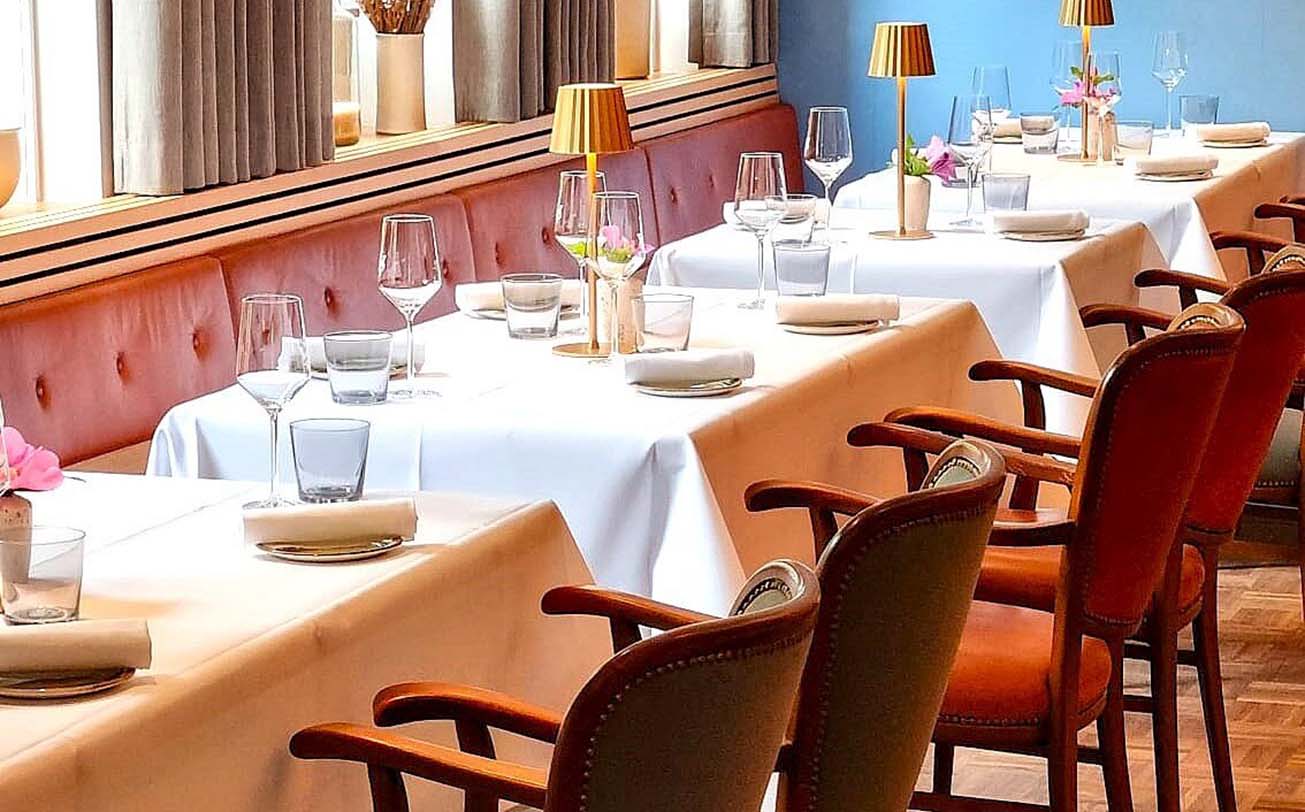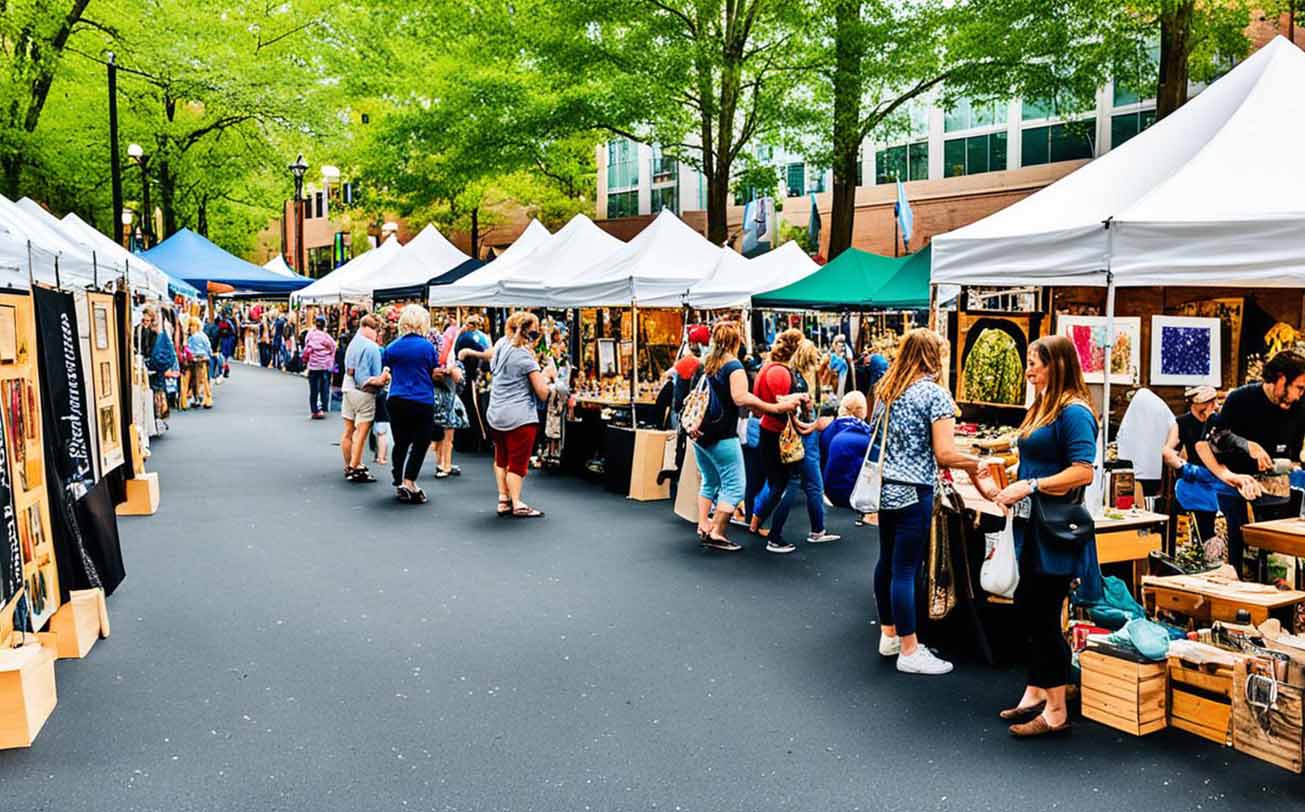Berlin, Germany’s vibrant and eclectic capital, is a city that offers a unique blend of history, culture, and modernity. From its iconic landmarks to its underground arts scene, Berlin has something for every traveler. However, like any major city, there are a few essential things you need to know before you go to make the most of your trip. In this comprehensive guide, I’ll cover everything from travel gear and appropriate attire to currency exchange, local etiquette, SIM cards, and must-visit attractions.
Packing for Berlin: Travel Gear and Attire
Travel Gear
When packing for Berlin, consider the following essentials to ensure a comfortable and enjoyable trip:
Weather-Appropriate Clothing:
- Winter (December to February): Berlin winters can be harsh, with temperatures often dipping below freezing. Pack a warm, insulated coat, thermal layers, gloves, a hat, and a scarf. Waterproof boots are also a must, as snow and slush are common.
- Spring (March to May): Spring is unpredictable, with temperatures ranging from chilly to mild. Bring layers, including a light jacket, sweaters, and comfortable walking shoes. An umbrella or raincoat is also advisable.
- Summer (June to August): Summers in Berlin are generally warm, with occasional heatwaves. Lightweight clothing, such as t-shirts, shorts, and sundresses, is ideal. Don’t forget sunglasses, sunscreen, and a hat for sun protection.
- Autumn (September to November): Autumn weather can be cool and crisp, with occasional rain. Layers are key, so pack a mix of t-shirts, long-sleeved shirts, and a medium-weight jacket.
Comfortable Footwear:
- Berlin is a city best explored on foot or by bike, so comfortable shoes are essential. Opt for sturdy walking shoes or sneakers, especially if you plan to visit the city’s many parks and historical sites.
Daypack:
- A small backpack or crossbody bag is perfect for carrying your daily essentials, such as a water bottle, camera, guidebook, and snacks. Make sure it’s secure and easy to carry during long days of sightseeing.
Travel Adapter:
- Germany uses the Type C and Type F electrical outlets, with a standard voltage of 230V. Bring a universal travel adapter to charge your devices.
Reusable Water Bottle:
- Tap water in Berlin is safe to drink, so bring a reusable water bottle to stay hydrated and reduce plastic waste.
Dress Code
Berlin is known for its casual and laid-back fashion scene. The city embraces individuality, so you’ll find people wearing everything from high fashion to thrift store finds. However, there are a few dress code tips to keep in mind:
- Casual Attire: Most locals and tourists dress casually, even when dining out or visiting museums. Jeans, t-shirts, and sneakers are perfectly acceptable for most activities.
- Nightlife: Berlin’s nightlife is legendary, and many clubs have specific dress codes. While some places, like Berghain, favor a minimalist, all-black look, others are more relaxed. It’s always a good idea to check the dress code of the venue you plan to visit.
- Respectful Clothing for Memorials: When visiting memorials such as the Holocaust Memorial, dress respectfully. While there’s no strict dress code, modest attire is appreciated.
Currency Exchange and Budgeting in Berlin
Currency
Germany uses the Euro (€), and it’s essential to have some cash on hand, as not all places accept credit cards, especially smaller cafes, shops, and markets.
Currency Exchange
While you can exchange currency at banks, airports, and exchange offices, the best rates are often found at ATMs. I found that withdrawing Euros directly from an ATM using my debit card was the most convenient and cost-effective option. However, be sure to notify your bank of your travel plans to avoid any issues with card usage abroad.

Budgeting Tips
Berlin can be both affordable and expensive, depending on your spending habits. Here’s a rough idea of what you might expect to spend:
- Accommodation: Budget hotels and hostels range from €30 to €100 per night, while mid-range hotels are around €100 to €200. Luxury hotels can exceed €300 per night.
- Meals: A meal at a budget restaurant costs around €10 to €15, while a mid-range restaurant may charge €20 to €40 for a three-course meal.
- Public Transport: A single public transport ticket costs €3 (AB zone), with day passes available for €8.80. If you plan on using public transport frequently, consider getting a Berlin WelcomeCard, which offers unlimited travel and discounts at various attractions.
- Attractions: Many museums and galleries have entrance fees ranging from €5 to €15. However, there are also plenty of free attractions, such as the East Side Gallery and Tiergarten Park.
Staying Connected: Getting a Local SIM Card
Staying connected while traveling is important for navigation, communication, and sharing your experiences. In Berlin, getting a local SIM card is straightforward and cost-effective.
Where to Buy a SIM Card
Local SIM cards can be purchased at airports, mobile phone shops, and even some convenience stores. I opted to buy mine from a Vodafone store located near Alexanderplatz. Other popular providers include O2 and Telekom.
Cost and Plans
Prepaid SIM cards typically cost around €10 to €20, depending on the data plan. I chose a plan with 5GB of data for €15, which was more than enough for a week of browsing, navigation, and social media. If you plan to stay longer or need more data, there are plans with higher data allowances available.
Setting Up Your SIM Card
Once you’ve purchased your SIM card, the setup is usually quick and easy. The store staff can assist you with activation, or you can do it yourself by following the instructions provided. Be sure to have your passport or ID handy, as some providers require identification for activation.
Navigating Berlin’s Etiquette and Cultural Norms
Berlin is a diverse and international city, but there are still some local customs and etiquette to be aware of:
Greeting and Communication
- Formal Greetings: In more formal settings, such as business meetings or when addressing older individuals, a handshake and a polite “Guten Tag” (Good day) or “Guten Morgen” (Good morning) is customary.
- Casual Greetings: Among friends and in casual settings, a simple “Hallo” or “Hi” is sufficient. Germans typically address each other by their last names until invited to use first names.
- Eye Contact: Maintaining eye contact during conversations, especially when toasting drinks, is important as it’s seen as a sign of honesty and respect.
Dining Etiquette
- Tipping: Tipping in Germany is appreciated but not obligatory. A tip of 5% to 10% is standard in restaurants. It’s customary to round up the bill or leave a few Euros on the table.
- Punctuality: Germans value punctuality, so if you have a reservation or are meeting someone, make sure to arrive on time.
- Restaurant Behavior: In restaurants, it’s polite to greet the staff with a “Guten Tag” and wait to be seated. If you’re dining at a casual café or beer garden, you may need to find your own table.
Public Behavior
- Quiet Hours: Berliners appreciate peace and quiet, especially in residential areas. Avoid making excessive noise between 10 PM and 7 AM, which are considered quiet hours.
- Personal Space: Germans generally respect personal space, so try not to stand too close to others, especially in queues or public transport.
- Public Transport Etiquette: On public transport, it’s polite to give up your seat to elderly, disabled, or pregnant passengers. Also, remember to validate your ticket before boarding the train or bus.
Personal Experience with Local Etiquette
During my stay in Berlin, I made a few small etiquette mistakes, but they were met with understanding and kindness. For example, on my first day, I accidentally walked into a small café and sat down without greeting the staff. The waitress politely reminded me to say “Guten Tag,” and I quickly learned the importance of this small gesture. In another instance, I was speaking a bit too loudly on a late-night tram and noticed a few disapproving glances. These experiences taught me to be more mindful of local customs and to adapt to the city’s rhythm.
Must-Visit Attractions in Berlin
No trip to Berlin is complete without visiting some of its iconic landmarks and attractions. Here are four must-see sites that showcase the city’s rich history and vibrant culture:
1. Brandenburg Gate (Brandenburger Tor)
Location: Pariser Platz, 10117 Berlin
The Brandenburg Gate is one of Berlin’s most famous landmarks and a symbol of Germany’s reunification. This neoclassical monument, built in the late 18th century, once stood as a dividing line between East and West Berlin. Today, it’s a popular gathering spot and a must-see for any visitor.
How to Get There: The Brandenburg Gate is easily accessible by U-Bahn (Brandenburger Tor) or S-Bahn (Unter den Linden). It’s also within walking distance of the Reichstag Building and the Holocaust Memorial.
Tips: Visit the Brandenburg Gate at night when it’s beautifully illuminated. If you’re interested in history, consider taking a guided tour to learn more about its significance during the Cold War.
2. Museum Island (Museumsinsel)
Location: Bodestraße, 10178 Berlin
Museum Island, a UNESCO World Heritage Site, is home to five world-renowned museums, including the Pergamon Museum and the Altes Museum. Art and history enthusiasts will find a treasure trove of exhibits ranging from ancient artifacts to classical art.
How to Get There: Take the U-Bahn to Museumsinsel or the S-Bahn to Hackescher Markt. From there, it’s a short walk to the island.
Tips: Purchase a Museum Island Pass for access to all five museums. Be sure to allocate plenty of time, as there’s a lot to see. If you’re short on time, prioritize the Pergamon Museum for its impressive collection of ancient relics.
3. East Side Gallery
Location: Mühlenstraße 3-100, 10243 Berlin
The East Side Gallery is the longest remaining section of the Berlin Wall, now transformed into an open-air gallery. It features over 100 murals by artists from around the world, each depicting themes of freedom and unity.

How to Get There: The East Side Gallery is best reached by S-Bahn (Warschauer Straße or Ostbahnhof). It’s also a short walk from the Oberbaum Bridge, which offers stunning views of the Spree River.
Tips: Visit early in the morning to avoid crowds and take your time exploring the murals. Don’t forget to bring your camera, as the vibrant artwork makes for great photos.
4. Tiergarten Park
Location: Str. des 17. Juni, 10785 Berlin
Tiergarten is Berlin’s largest and most popular park, offering a green oasis in the heart of the city. It’s an ideal spot for a leisurely stroll, a picnic, or a bike ride. The park is also home to several monuments, including the Victory Column and the Soviet War Memorial.
How to Get There: Tiergarten is centrally located and easily accessible by U-Bahn (Hansaplatz or Bundestag) or S-Bahn (Tiergarten).
Tips: Rent a bike to explore the park’s extensive network of paths. If you’re visiting in the summer, pack a picnic and enjoy a relaxing afternoon by the park’s lakes.
Savoring Berlin’s Street Food Scene
Berlin’s street food scene is as diverse as its population, offering a wide range of flavors from around the world. Here are a few must-try street foods:
1. Currywurst
Currywurst, a Berliner classic, is a must-try for any visitor. This dish consists of a steamed and fried sausage topped with a unique curry ketchup sauce. You can find currywurst stands all over the city, but some of the best are located near Alexanderplatz and Checkpoint Charlie.
2. Döner Kebab
Berlin’s multicultural influence is evident in its street food, and the döner kebab is a prime example. This Turkish-inspired dish is made with spiced meat, fresh vegetables, and creamy sauces, all wrapped in a warm pita bread. Head to Kreuzberg or Neukölln for some of the city’s best döner.
3. Pretzels (Brezeln)
No trip to Berlin is complete without trying a soft pretzel. These salty, doughy snacks are perfect for a quick bite on the go. You can find pretzel stands at most U-Bahn and S-Bahn stations.
4. Berliner Pfannkuchen
For a sweet treat, try a Berliner Pfannkuchen, a jelly-filled doughnut dusted with powdered sugar. These delicious pastries are especially popular during New Year’s Eve but can be found year-round at bakeries and street markets.

Street Food Safety Tips
While Berlin’s street food is generally safe to eat, here are a few tips to keep in mind:
- Choose Busy Stalls: Opt for food stalls with a steady stream of customers, as high turnover usually means fresher ingredients.
- Check for Cleanliness: Observe the vendor’s hygiene practices, such as wearing gloves and keeping the cooking area clean.
- Ask for Freshly Made Food: If possible, request food that’s cooked to order rather than items that have been sitting out.
Planning and Budgeting Your Berlin Trip
Planning a trip to Berlin involves balancing your budget, time, and interests. Here are a few final tips to help you make the most of your visit:
Itinerary Planning
- Prioritize Your Interests: Berlin is a large city with countless attractions, so prioritize the ones that interest you the most. Whether you’re a history buff, an art lover, or a foodie, tailor your itinerary to your preferences.
- Leave Room for Spontaneity: While it’s good to have a plan, leave some flexibility in your schedule for spontaneous discoveries, whether it’s a hidden café, a street market, or a local event.
Budgeting Tips
- Save on Accommodation: Consider staying in budget hotels, hostels, or Airbnb rentals. If you’re traveling in a group, renting an apartment can be a cost-effective option.
- Use Public Transport: Berlin’s public transport system is efficient and affordable. Purchase a day pass or a Berlin WelcomeCard for unlimited travel.
- Take Advantage of Free Attractions: Berlin offers many free attractions, such as parks, memorials, and street art. Incorporate these into your itinerary to save money.
Travel Insurance
Lastly, don’t forget to purchase travel insurance before your trip. Travel insurance can cover unexpected events, such as flight cancellations, lost luggage, or medical emergencies. I always opt for comprehensive coverage that includes trip interruption and medical expenses, giving me peace of mind during my travels.



